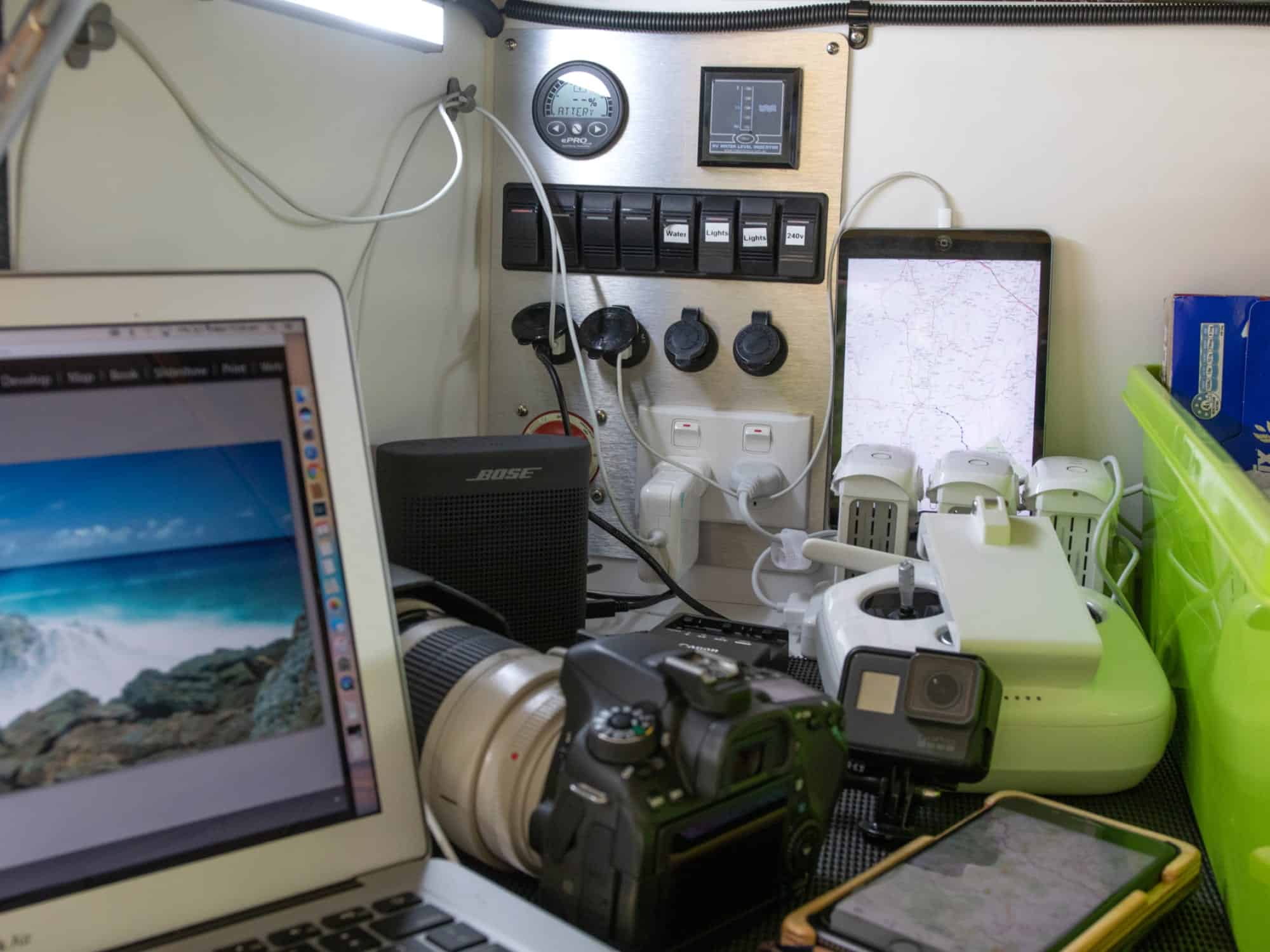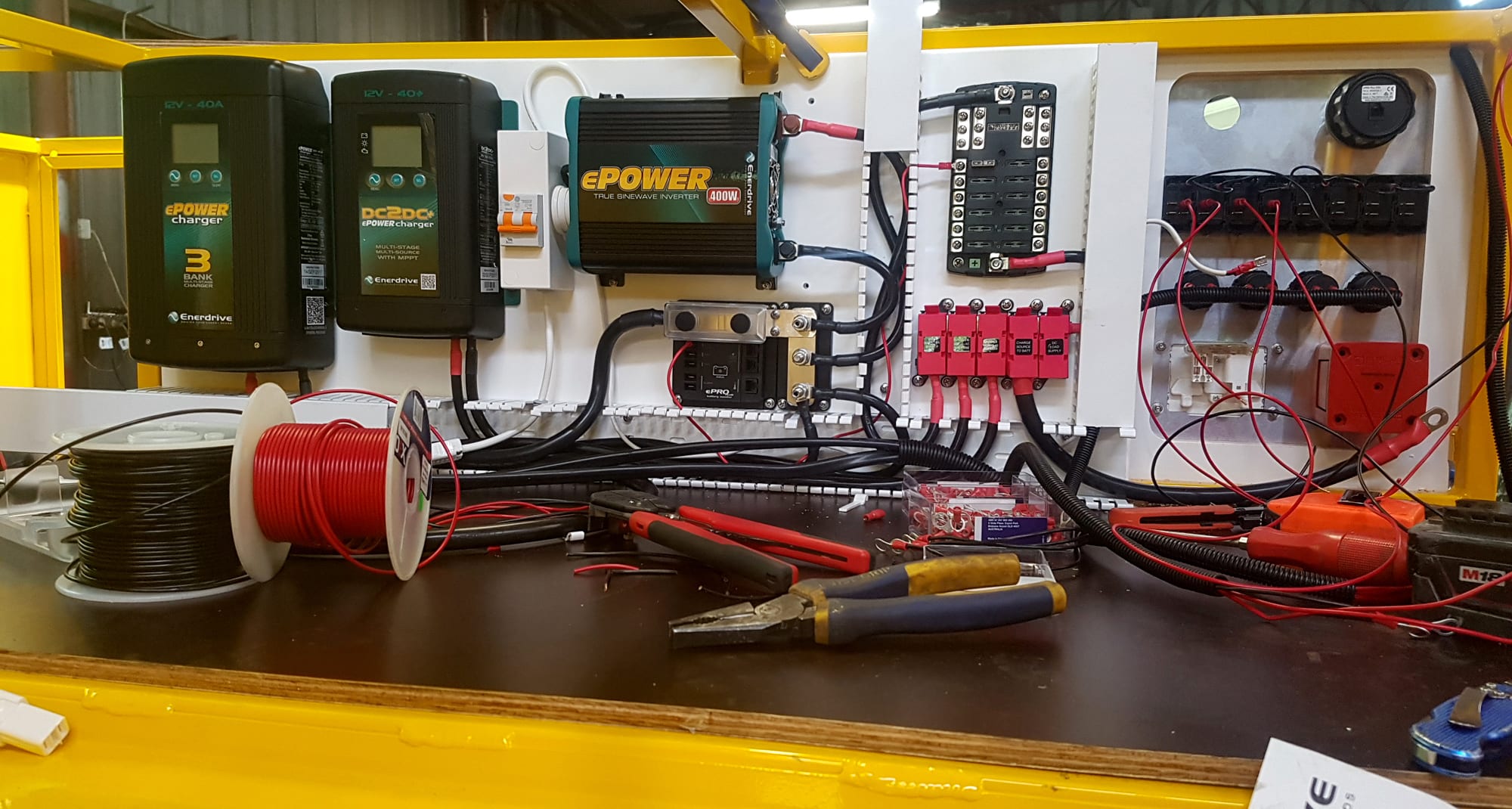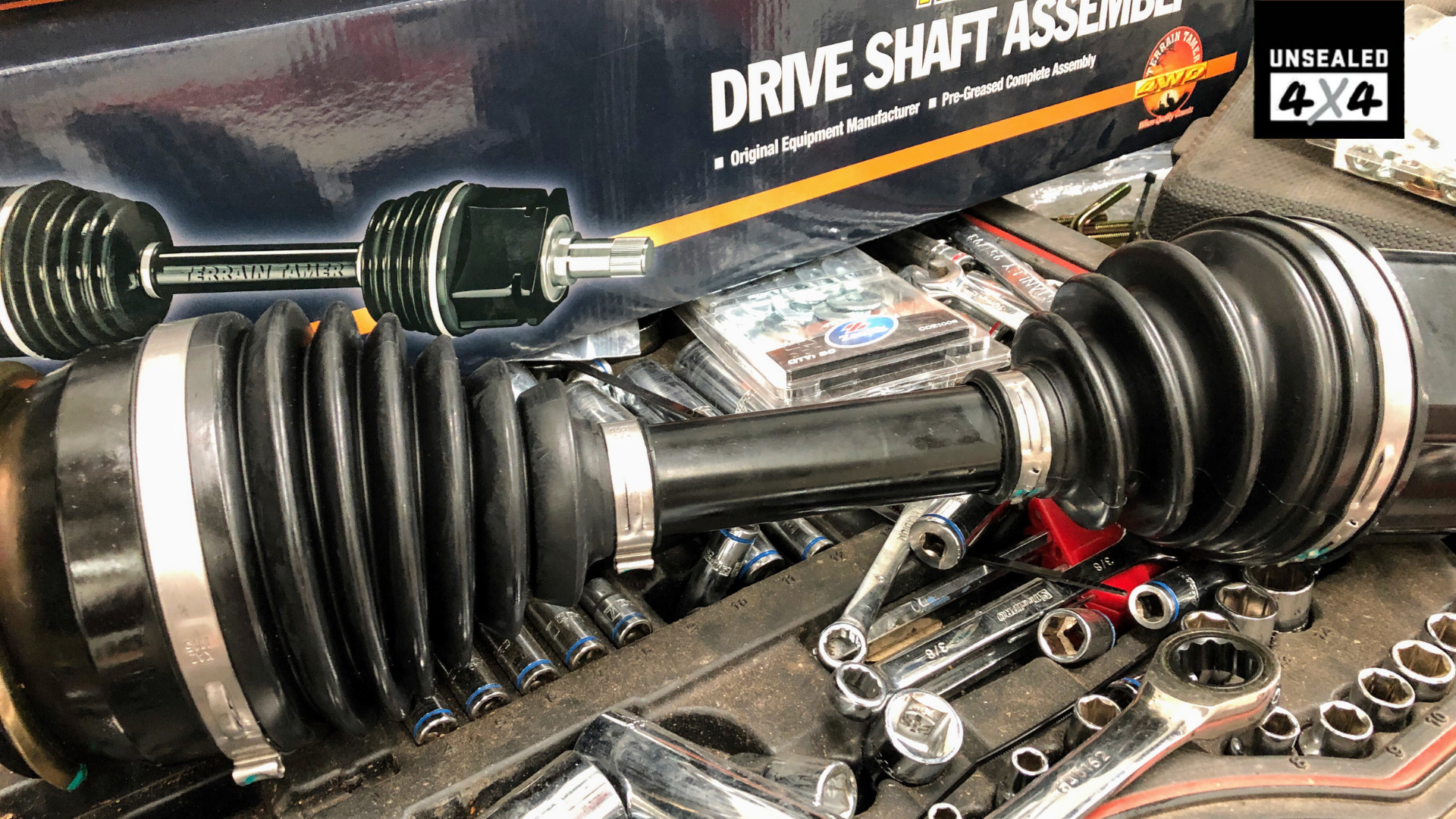Why spend that extra money on lithium when you can get AGM batteries for less? Well, it makes sense … here’s why.
Words and Images by Gary Tischer
ECONOMIC DOLLARS AND SENSE
Sure, the economic outlay for a lithium battery is probably over twice as much for the same energy capacity with AGM. But, and this is a big but, your intended use will determine whether a lithium battery is more economic than the AGM. If you only use your battery a few times a year, then an AGM battery is probably the better choice. If you are regularly discharging the battery and plan to do that for a few years, then a lithium may be the way to go. Discharging an AGM battery down to around an average of 50% of rated capacity before recharging it will likely get 600 cycles before it needs replacing. The same sort of usage will see a lithium last around 5000 cycles. This is where lithium really makes economic sense.
CLICK HERE TO READ THIS ARTICLE IN OUR FREE DIGITAL MAGAZINE
WEIGHT/SIZE TO ENERGY RATIO
Batteries are heavy, right? A typical 220Ah AGM battery weighs around 66kg (3kg per 10Ah) compared to 25kg for a 200Ah lithium. That’s a 41kg weight saving for going lithium. This saving is equivalent to a couple of jerry cans worth of fuel or water. That could make a big difference on an outback touring trip. An AGM battery shouldn’t really be discharged more than 50% otherwise you will start damaging the battery. At this depth of discharge, the real usable energy in the 220Ah AGM is about 110 amp hours. Compare that to the 200Ah lithium which can be discharged down to 80%, giving a usable capacity of 160Ah. That means the lithium has 50 usable amp hours more than the 220Ah rated AGM. If you are limited in space or weight is a concern, lithium may be the best way to go.
CHARGING – THE QUICKER THE BETTER
As the battery is discharged through normal use, it is great to be able to top it up and recharge it quickly. Lithium batteries are very quick at recharging as they are able to accept large charge levels right up to 100% full, whereas the AGM battery starts to slow down when it gets to about 80% full. This means that you’ll need more hours of sun with solar panels, or you’ll have to run a generator longer.
When I was out at the Big Red Bash for five days earlier this year, the lowest my lithium battery reached was about 70%. It was continually being topped up by my 120W portable solar panel. I was running a 50-litre fridge and continually charging camera and drone batteries, lights, water pump, my laptop computer and an iPad. It is nice to know that when I am off grid I have enough battery to power all my needs for nearly a week.

CHARGING – A FEW TRICKS TO KNOW
Systems for charging AGM batteries have been around for years, are pretty simple and fairly well fool proof. Charging Lithium batteries can be a little trickier as not all chargers have the correct charging algorithm built in. In some cases it will be detrimental to run Lithium batteries in parallel – particularly if they have a management system built into the battery. If upgrading an existing battery system, it will be best to speak to suppliers who are experienced in the installation of Lithium battery systems. The same is true if building a new camper trailer. It is important to look at the Lithium battery as part of a system where all the components complement and work with each other. If you buy different bits of kit of eBay and put them all together, there could be some issues with components not being matched.
YOU DON’T LIVE IN THE 70s
Back when a lot of us (or your parents) were kids, the only battery we had was the one that started the car, and maybe one for the Dolphin torch. To keep things cold, we used ice in eskies, to cook we used a fire or gas, and we read books rather than binge on Netflix. Music was a guitar around the campfire. These days it seems that everything we use or rely on, uses a battery (probably a lithium one), so we need a larger battery to recharge all the small ones in our devices. In the 70s, you could even take photos with a camera that had no battery.

WHICH IS BEST FOR YOU?
This will primarily depend on what you need to charge, how often you will recharge your batteries and how long you will be away from town power. Even if you don’t think you will need it now, perhaps get a battery system that is lithium ready, so that if you do decide to go lithium in the future, you won’t need to change the components. Just like our 4WDs, batteries aren’t as simple as they used to be, so talk to an experienced supplier or manufacturer to help you decide what system will suit you best.










